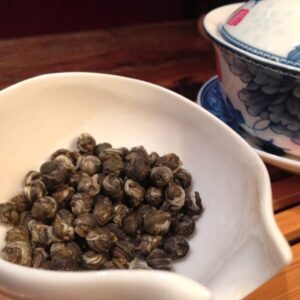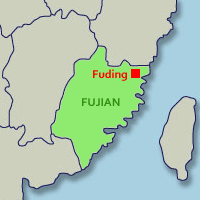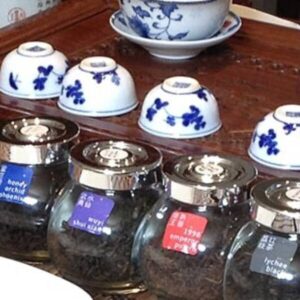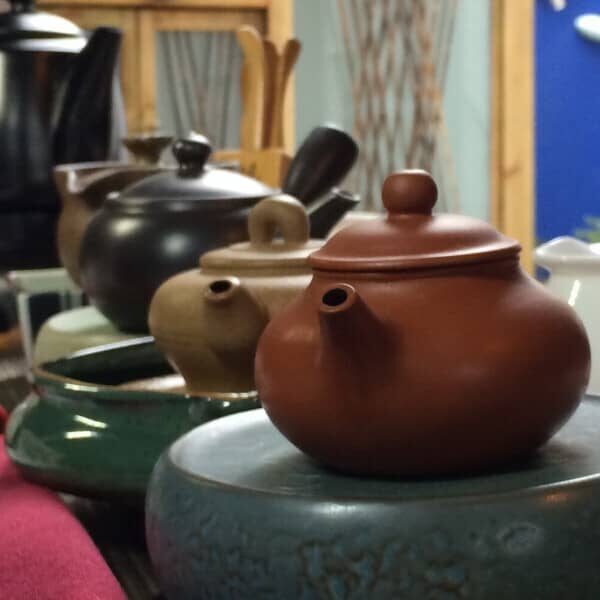Tasting The Flavours Of No Flavour
White Teas
White tea traditionally grows in only three specific areas in northern Fujian province, though some is now produced in Anhui, Yunnan and Zhejiang. It rejoices in simplicity, with light infusions of sweet subtlety and flavour tones of honey, chestnut and peaches.
For top grades only tender, unopened buds are used. Shaded for the three weeks before harvesting, the buds are plucked in early spring, over 10,000 buds per kilo for certain varieties. It’s said that, once upon a time, only virgins in white silk gloves could pick the buds. Certainly, conditions have to be immaculate, with perfectly dry and mild weather, the buds being neither too long nor too thin but exactly right for the exacting standards of the tea maker.
Compared to green tea, where oxidation is completely prevented, white tea is actually less processed, although it is slightly oxidised. Traditionally, white tea is dried or withered in a pavilion, slightly shaded from the sun and with good air circulation. This natural process, called ‘fading’, develops the tea’s creaminess and the floral aromatics, and is ‘locked in’ by a gentle baking. After processing, the leaves reveal a covering of fine, downy white hair.
OUR WHITE TEAS
The Sacred Peony White
£9.00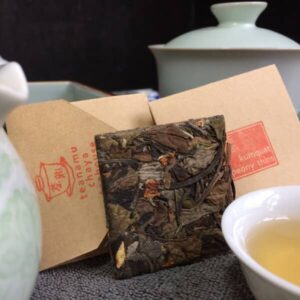
add to tea basket
This product has multiple variants. The options may be chosen on the product page
Kumquat Peony Thins
£8.50 – £17.00Organic Dragon Pearl Jasmine
£8.50 – £24.50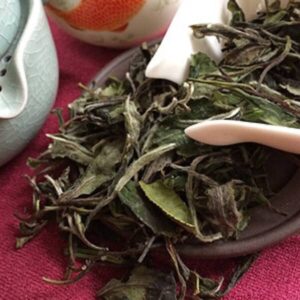
add to tea basket
This product has multiple variants. The options may be chosen on the product page
Organic Snow Bud
£8.00
Take part in the beautiful Chinese ‘gongfu cha’ tea ceremony while we shares with you our love of tea. You’ll discover how to appreciate the finer nuances of tea like a true connoisseur, yet in a light and relaxed setting.
You’ll be introduced to gorgeous teas with fascinating, evocative names like ‘snow buds’, ‘honey orchid phoenix’ and ‘dragon well’. The incredible range of flavours and aromas will amaze you.
~~ Whilst we patiently wait for the effective control of COVID-19 pandemic, our popular tea masterclasses are held online via our “Teas in the Clouds - Brew-along Masterclass”. ~~
OUR TEA MASTERCLASSES
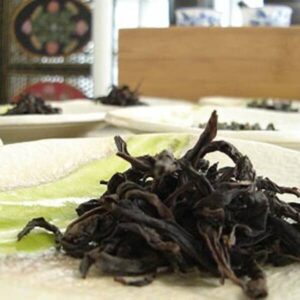
add to tea basket
This product has multiple variants. The options may be chosen on the product page
‘Flight of Tasting’ Event
£25.00Tea Artisan Training Course
£180.00Oxygen. Wonderful stuff.
But it also oxidises things: think iron rusting or copper coins going that weird green colour and the cut side of apple turning brown. Fresh tea leaves, like apples and other plants, have an enzyme called polyphenol oxidase. It is capable of oxidizing polyphenols which are very important molecules for protection against infections to giving them their pigments.
Polyphenol oxydase and the polyphenols themselves are stored in the plant’s cells, but when the cells are damaged, say by slicing an apple or dropping and bruising it, the cells are ruptured and the enzyme comes into contact with air. With the help of oxygen in the air, the polyphenol oxidase initiates a series of chemical reactions, transforming the polyphenols and eventually producing melanins (brown pigments).
The general name for this process is “enzymatic browning,” and the fabulous thing (for tea at least) is that it doesn’t just change the appearance of produce: it also alters flavour, scent, and nutritional value.
LET’S GO PICK SOME TEAS




